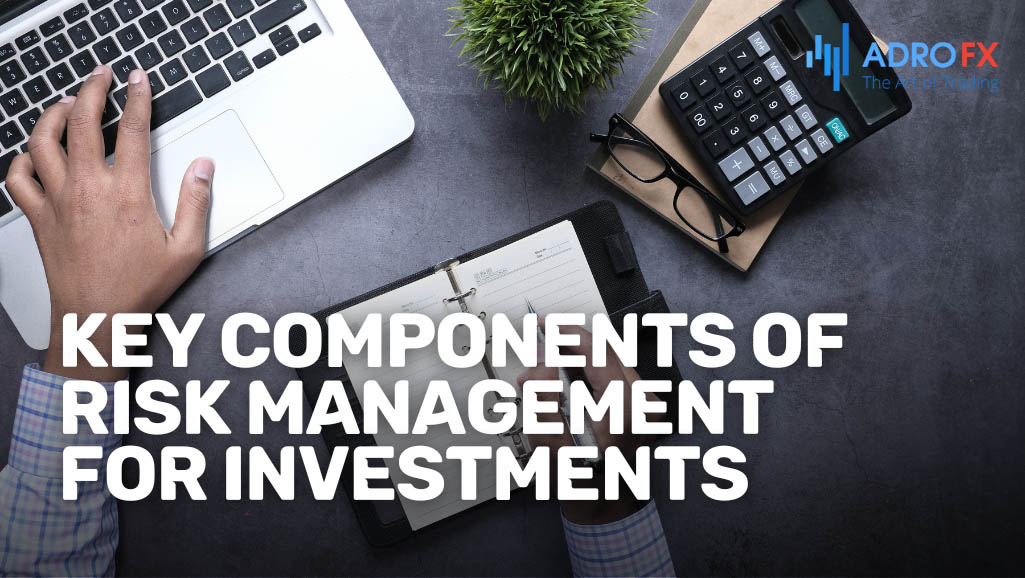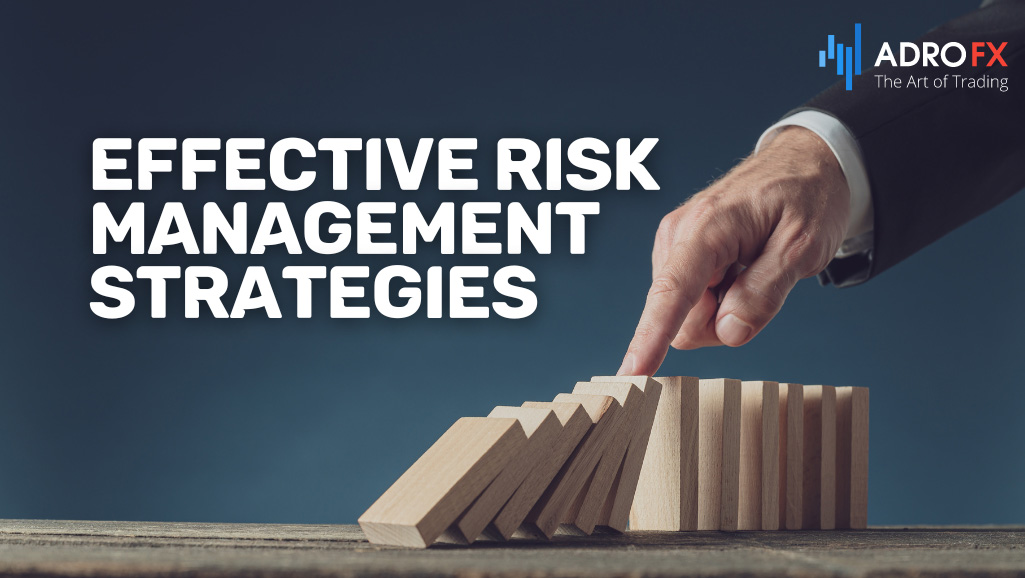Ignoring Risk Management: The Fastest Way to Lose Your Investment | Essential Strategies for Success

Imagine losing half of your hard-earned investment overnight. Sounds like a nightmare, right? This scenario isn’t far-fetched; it’s a reality that countless investors face due to inadequate risk management. A study by the CFA Institute revealed that 85% of investment losses could have been mitigated with proper risk management strategies. This statistic underscores the paramount importance of understanding and implementing effective risk management.
In the dynamic world of investing, risk management serves as the safety net that protects investors from significant financial loss. It’s not just a precautionary measure; it’s a strategic approach that every savvy investor must adopt. By systematically identifying, analyzing, and mitigating potential risks, investors can navigate the turbulent waters of financial markets with greater confidence and security.
This article aims to shed light on the critical role of risk management in investing. We will explore its fundamental principles, delve into the various types of investment risks, and highlight the most effective trading strategies to safeguard your portfolio. Ignoring risk management isn’t just a gamble; it’s a surefire way to lose your investment.
Understanding Risk Management in Investing
Risk management in investing is the process of identifying, assessing, and prioritizing potential risks to an investment portfolio, followed by the application of coordinated strategies to minimize, monitor, and control the probability or impact of these risks. It’s about making informed decisions that balance potential rewards against possible losses.
Risk management is crucial for several reasons. First and foremost, it protects your investment from unforeseen market downturns and volatile conditions. By proactively managing risk, investors can avoid catastrophic losses and ensure the stability of their portfolios. Additionally, effective risk management allows for more consistent returns, as it helps in maintaining a balanced approach to investing, mitigating the extremes of market fluctuations.
Moreover, risk management contributes to long-term financial goals. Whether you’re saving for retirement, a child's education, or any other significant milestone, managing risk ensures that your investment grows steadily over time without succumbing to sudden, detrimental losses. It transforms investing from a high-stakes gamble into a strategic endeavor with predictable outcomes.

Key Components of Risk Management for Investments
- Diversification
One of the cornerstones of risk management, diversification involves spreading investments across different asset classes, sectors, and geographic regions. This strategy reduces the impact of a poor performance in any single investment, thereby stabilizing the overall portfolio.
- Asset Allocation
This involves distributing investments among various asset categories, such as stocks, bonds, and cash. The allocation is based on the investor's risk tolerance, financial goals, and investment horizon. Proper asset allocation helps in balancing risk and return according to individual preferences.
- Risk Assessment
This is the continuous process of evaluating the potential risks associated with an investment. It includes analyzing market conditions, financial statements, and economic indicators to foresee possible threats. Regular risk assessments ensure that investors remain vigilant and responsive to changes in the market.
By understanding and implementing these components, investors can build a robust risk management framework that not only protects their investments but also optimizes their potential for growth.
Also read: Tailored Investments: Leveraging Your Risk Tolerance For Optimal Return
Common Investment Risks and How to Manage Them
Understanding the various types of investment risks is essential for effective risk management. Each risk type can significantly impact your portfolio, and recognizing these risks helps in crafting strategies to mitigate their effects.
Market Risk
Market risk, often referred to as systematic risk, arises from the inherent volatility and unpredictability of financial markets. This risk is linked to factors such as economic changes, political events, natural disasters, and broader market movements that affect the entire market. Investors exposed to market risk can experience significant losses if the overall market trends downward. For example, a sudden economic downturn can lead to a sharp decline in stock prices, impacting even well-performing companies.
Credit Risk
Credit risk, also known as default risk, is the risk that a borrower will fail to meet their financial obligations, leading to a loss for the lender. This is a common concern for investors in bonds and other debt securities. If a company or government entity defaults on its debt, investors may lose both their expected interest payments and the principal amount. Credit risk is particularly significant in high-yield or junk bonds, where the potential for default is higher.
Liquidity Risk
Liquidity risk refers to the danger of not being able to sell an investment quickly at its market value. This can happen in markets with low trading volumes or during periods of market stress. An investor might need to accept a significant price reduction to exit a position, leading to potential losses. For instance, during the 2008 financial crisis, many assets became illiquid, forcing investors to sell at steep discounts to meet their cash needs.
Operational Risk
Operational risk involves losses stemming from failed internal processes, systems, human errors, or external events. This type of risk can affect any organization and encompasses a wide range of issues, from technological failures and fraud to regulatory breaches and natural disasters. For example, a trading firm might suffer substantial losses if a system glitch leads to incorrect trades or if an employee's mistake results in significant financial exposure.
Effective Trading Strategies for Managing Investment Risks
Navigating the financial markets successfully requires not just a clear understanding of risk management but also the implementation of effective trading strategies. Here’s how various strategies can help in mitigating risks and safeguarding your investment portfolio.
Diversification
Diversification is a fundamental risk management strategy that involves spreading investments across various asset classes, industries, and geographical regions. By doing so, investors can mitigate the impact of poor performance in any single investment, reducing overall portfolio risk. For example, a diversified portfolio might include stocks, bonds, real estate, and commodities, ensuring that a downturn in one sector doesn’t severely affect the entire portfolio.

Stop Loss Orders
A Stop Loss order is a trading strategy designed to limit an investor's potential losses. It involves setting a predetermined price at which an investment will be sold automatically if it falls below a certain level. This strategy helps investors avoid significant losses by exiting positions before they deteriorate further. For example, if an investor buys a stock at $50 and sets a Stop Loss order at $45, the stock will be sold automatically if its price drops to $45, limiting the loss to $5 per share.
Hedging
Hedging is a technique used to protect investments from adverse price movements. It involves taking an offsetting position in a related security, such as options, futures, or other derivatives. For instance, an investor holding a large position in a particular stock might purchase put options on that stock. If the stock’s price falls, the gains from the put options can offset the losses from the stock, reducing overall risk.
Position Sizing
Position sizing refers to determining the amount of capital to allocate to each investment within a portfolio. Proper position sizing helps manage risk by ensuring that no single investment has the potential to disproportionately impact the entire portfolio. This strategy involves considering factors such as risk tolerance, investment goals, and the volatility of each asset. For example, an investor might decide to allocate no more than 5% of their total portfolio to any single stock to avoid excessive exposure.
Also read: Cross Hedge-What Is Cross Hedging In Trading?
Why Regular Risk Assessments are Crucial for Your Investments
Real-world examples underscore the importance of risk management. Consider the case of Long-Term Capital Management (LTCM), a hedge fund that collapsed in 1998. Despite being managed by Nobel laureates and experienced traders, LTCM ignored several risk management principles. Its highly leveraged positions and lack of diversification led to massive losses when market conditions shifted unexpectedly, ultimately resulting in a bailout to prevent wider financial system damage.
Psychological Impact
The psychological effects of investment losses can be profound. Investors who neglect risk management may experience significant stress, anxiety, and loss of confidence. This emotional turmoil can lead to irrational decision-making, such as panic selling or abandoning long-term strategies. Maintaining discipline through risk management practices helps investors stay calm and make rational decisions even during market downturns.
Financial Impact
Failing to manage investment risks effectively can have severe long-term financial consequences. Without proper risk management, a single adverse event can wipe out a substantial portion of an investor's portfolio, jeopardizing financial goals such as retirement, education funding, or homeownership. Additionally, recovering from significant losses can take years, and some investors may never fully regain their lost capital. Effective risk management ensures that investments grow steadily and securely, safeguarding financial stability and future prosperity.

Implementing Effective Risk Management Strategies
To safeguard your investments and ensure steady growth, implementing effective risk management strategies is essential. Let's delve into the key steps that can help you manage risks effectively and protect your portfolio.
Risk Assessment
Conducting a thorough risk assessment is the first step in implementing effective risk management strategies. Start by analyzing the potential risks associated with each investment. This involves understanding the market conditions, evaluating the financial health of the investment, and considering external factors such as economic trends and geopolitical events. Use tools like SWOT analysis (Strengths, Weaknesses, Opportunities, Threats) to gain a comprehensive view of the investment’s risk profile. Documenting these risks helps in formulating strategies to mitigate them.
Setting Risk Tolerance
Determining your risk tolerance is crucial for aligning your investments with your financial goals and comfort level. Risk tolerance is the degree of variability in investment returns that you are willing to withstand. Assess your financial situation, investment goals, time horizon, and emotional ability to handle losses. Tools like risk tolerance questionnaires and consultation with financial advisors can help in identifying your risk appetite. Once determined, ensure your portfolio reflects this tolerance, balancing between high-risk and low-risk assets accordingly.
Regular Review
Regularly reviewing and adjusting your risk management strategies is essential to keep pace with changing market conditions and personal circumstances. Schedule periodic reviews of your investment portfolio to assess performance and risk exposure. Rebalance your portfolio if necessary to maintain the desired asset allocation. Stay informed about market trends, economic forecasts, and changes in your financial situation, such as income fluctuations or life events, to make timely adjustments. Regular reviews help in staying aligned with your risk management goals and optimizing long-term returns.
Also read: Crafting A Resilient Path To Trading Success: The Top Ten Money Habits Every Trader Should Embrace
Conclusion
In summary, ignoring risk management can lead to significant financial losses and emotional distress. Understanding and implementing risk management strategies such as diversification, Stop Loss orders, hedging, and proper position sizing are vital for safeguarding your investments. Regular risk assessments, setting appropriate risk tolerance levels, and periodic reviews are key practices in maintaining a resilient investment portfolio.
Take proactive steps to incorporate risk management into your investment practices. Start by assessing your current portfolio for risks, determine your risk tolerance, and implement strategies to mitigate potential losses. Regularly review and adjust your investments to stay aligned with your financial goals and market conditions.
Remember, effective risk management is not about eliminating risk but about managing it wisely. As Warren Buffett famously said, "Risk comes from not knowing what you're doing." By understanding and controlling risks, you can navigate the complexities of investing and build a secure financial future.
About AdroFx
Established in 2018, AdroFx is known for its high technology and its ability to deliver high-quality brokerage services in more than 200 countries around the world. AdroFx makes every effort to keep its customers satisfied and to meet all the trading needs of any trader. With the five types of trading accounts, we have all it takes to fit any traders` needs and styles. The company provides access to 115+ trading instruments, including currencies, metals, stocks, and cryptocurrencies, which make it possible to make the most out of trading on the financial markets. Considering all the above, AdroFx is the perfect variant for anyone who doesn't settle for less than the best.










